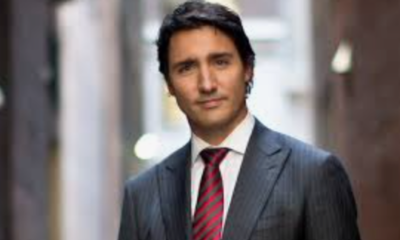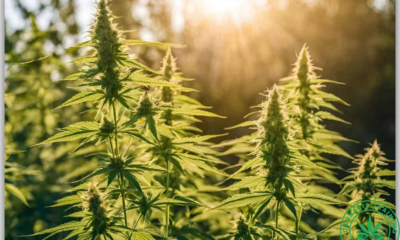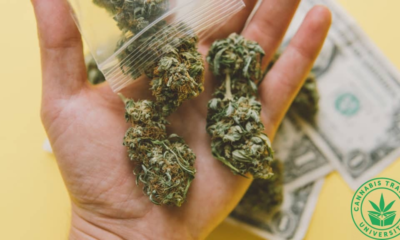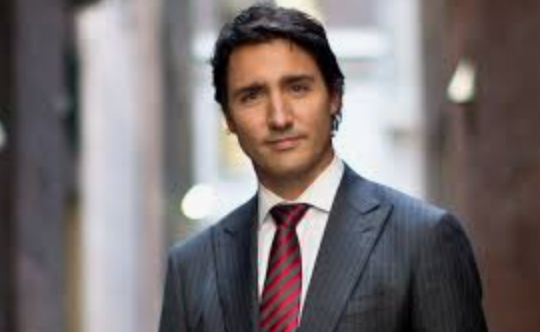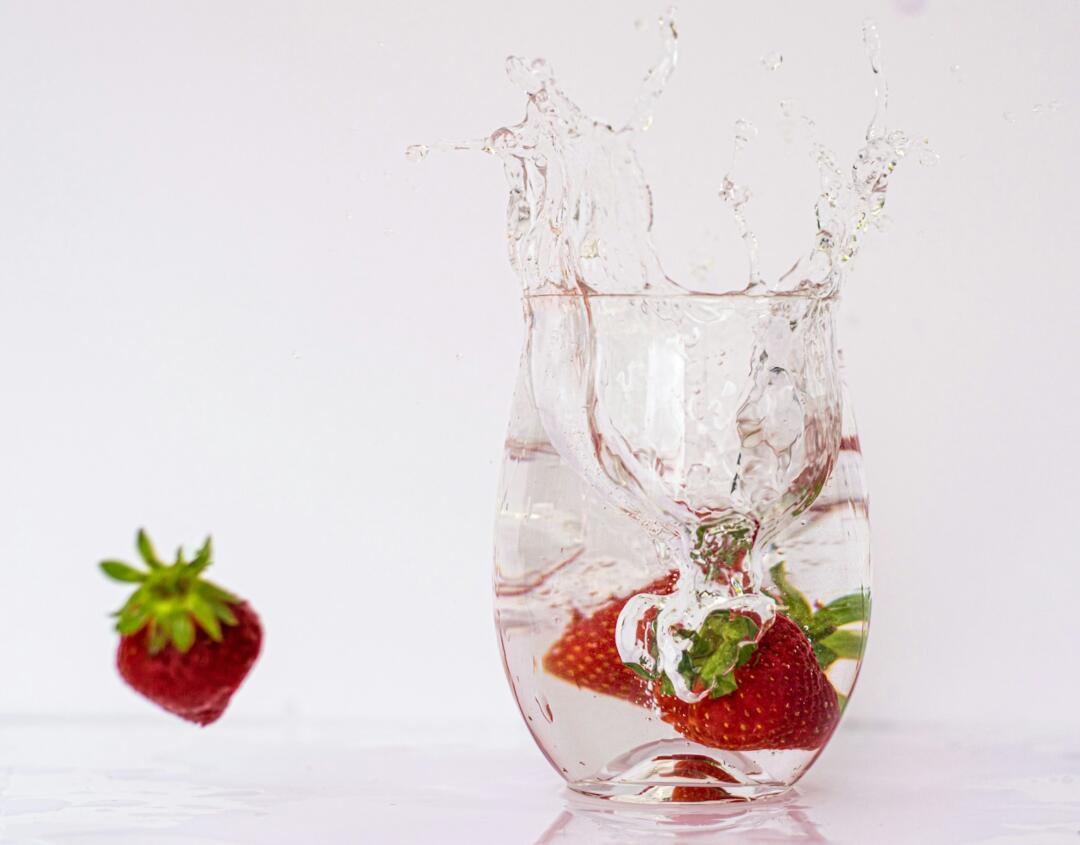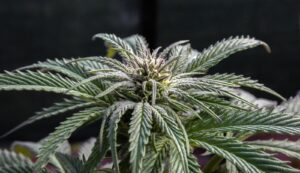After 12 years as Prime Minister, he is stepping down…here is a look back on Justin Trudeau’s long involvement with cannabis.
Justin Trudeau’s journey with cannabis legalization in Canada is a story of personal experience, political conviction, and transformative policy-making. As the son of former Prime Minister Pierre Trudeau, Justin’s perspective on marijuana was shaped by a family incident involving his younger brother Michel. In 1998, Michel Trudeau was caught with marijuana during a traffic stop. Thanks to their father’s connections and resources, the charges were dropped.
This event highlighted the inequalities in Canada’s drug laws, where those with means could avoid consequences while others faced criminal records. Justin Trudeau later reflected on this, stating, “That’s one of the fundamental unfairnesses of this current system is that it affects different communities in a different way”.
RELATED: Marijuana Users Gain Less Weight Than Non-Users
Trudeau’s personal history with cannabis extends beyond family experiences. In 2013, he admitted to smoking marijuana at a dinner party in his Montreal home in 2008, after he had already been elected as a Member of Parliament. In a sign of changing norms,
the admission, while controversial, did not significantly impact his political career.

As Liberal Party leader, Trudeau campaigned on a platform of cannabis legalization during the 2015 federal election. His approach focused on regulation and harm reduction rather than economic benefits. Trudeau emphasized two main goals: minimizing underage access to marijuana and reducing criminal activity surrounding illegal marijuana trade.
After winning the election, Trudeau’s government took concrete steps towards legalization. In 2016, a task force was created to explore the issue
. The following year, the
Cannabis Act was introduced in Parliament, allowing for the sale and possession of up to an ounce of marijuana for anyone over.
On October 17, 2018, Canada became the second country in the world, after Uruguay, to legalize recreational cannabis nationwide. This move was seen as a bold reform, distinguishing Trudeau’s administration from previous governments. The legalization process wasn’t without challenges. Provinces were given significant responsibility for regulating sales, leading to some friction with the federal government .Additionally, Trudeau faced criticism from both supporters and opponents of legalization.
Following legalization, Trudeau’s government announced plans to create a simplified, free process for pardoning individuals with simple possession records. This move aimed to address the historical inequities in cannabis law enforcement.Trudeau’s approach to cannabis legalization reflects a combination of personal experience, pragmatic policy-making, and a commitment to social justice. By moving from prohibition to regulation, Canada under Trudeau’s leadership has embarked on a significant social and legal experiment, the results of which continue to unfold.
As Trudeau ends one chapter and starts another, he will continue to be a champion of cannabis.


 Cannabis News2 years ago
Cannabis News2 years ago
 One-Hit Wonders2 years ago
One-Hit Wonders2 years ago
 Cannabis 1012 years ago
Cannabis 1012 years ago
 drug testing1 year ago
drug testing1 year ago
 Education2 years ago
Education2 years ago
 Cannabis2 years ago
Cannabis2 years ago
 Marijuana Business Daily2 years ago
Marijuana Business Daily2 years ago
 California2 years ago
California2 years ago




